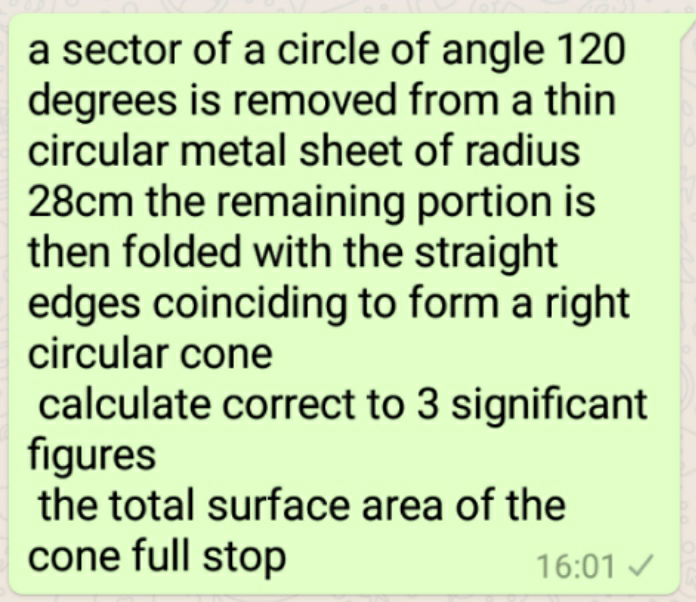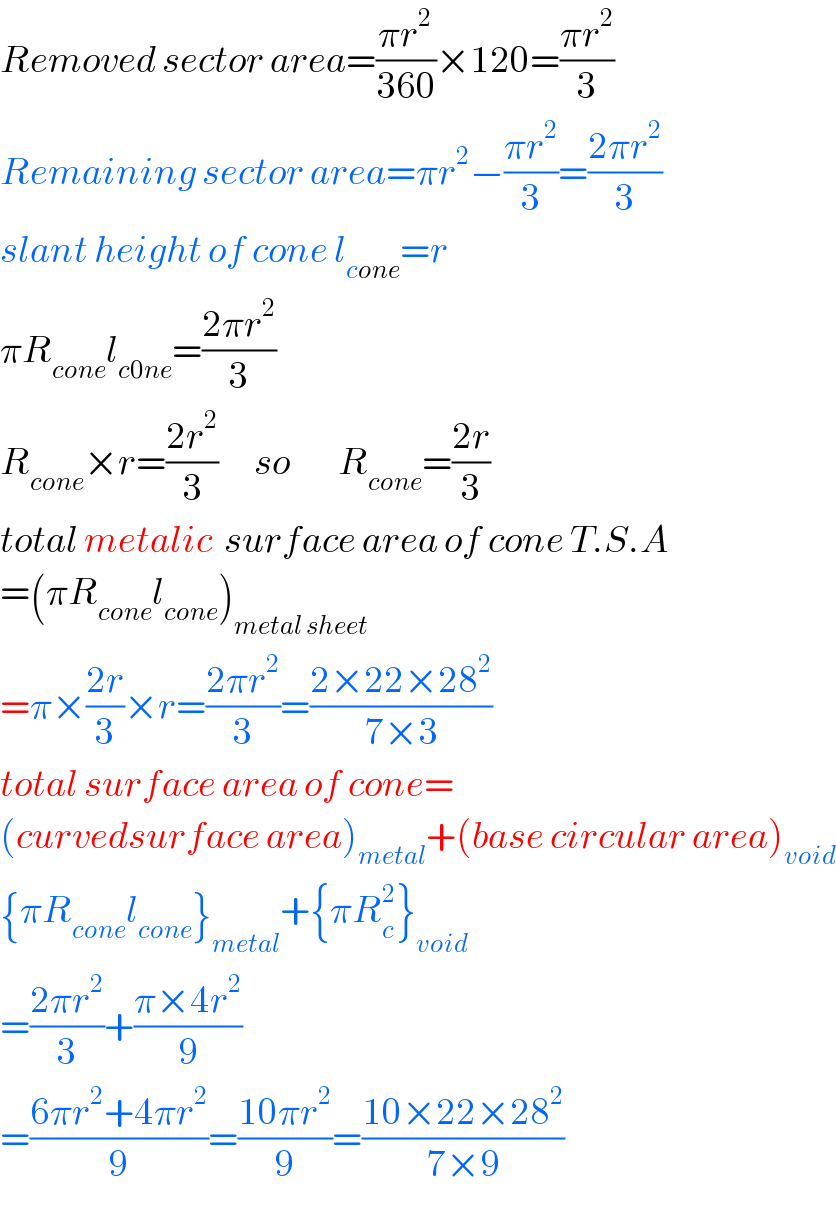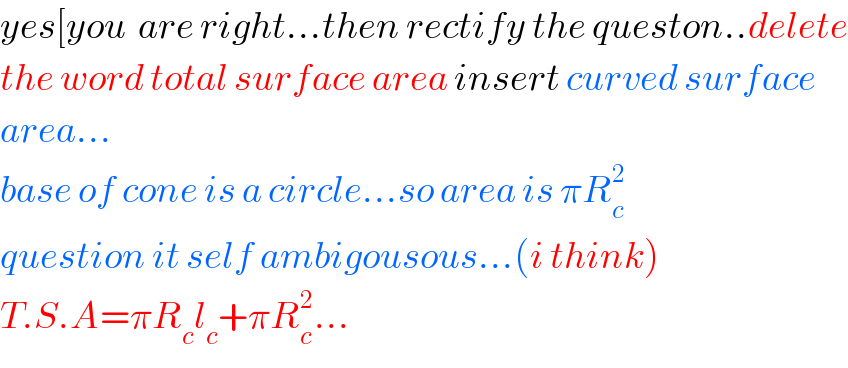
Question and Answers Forum
Question Number 53867 by byaw last updated on 26/Jan/19

Answered by tanmay.chaudhury50@gmail.com last updated on 27/Jan/19

Commented by byaw last updated on 27/Jan/19

Commented by tanmay.chaudhury50@gmail.com last updated on 27/Jan/19

Commented by byaw last updated on 27/Jan/19

